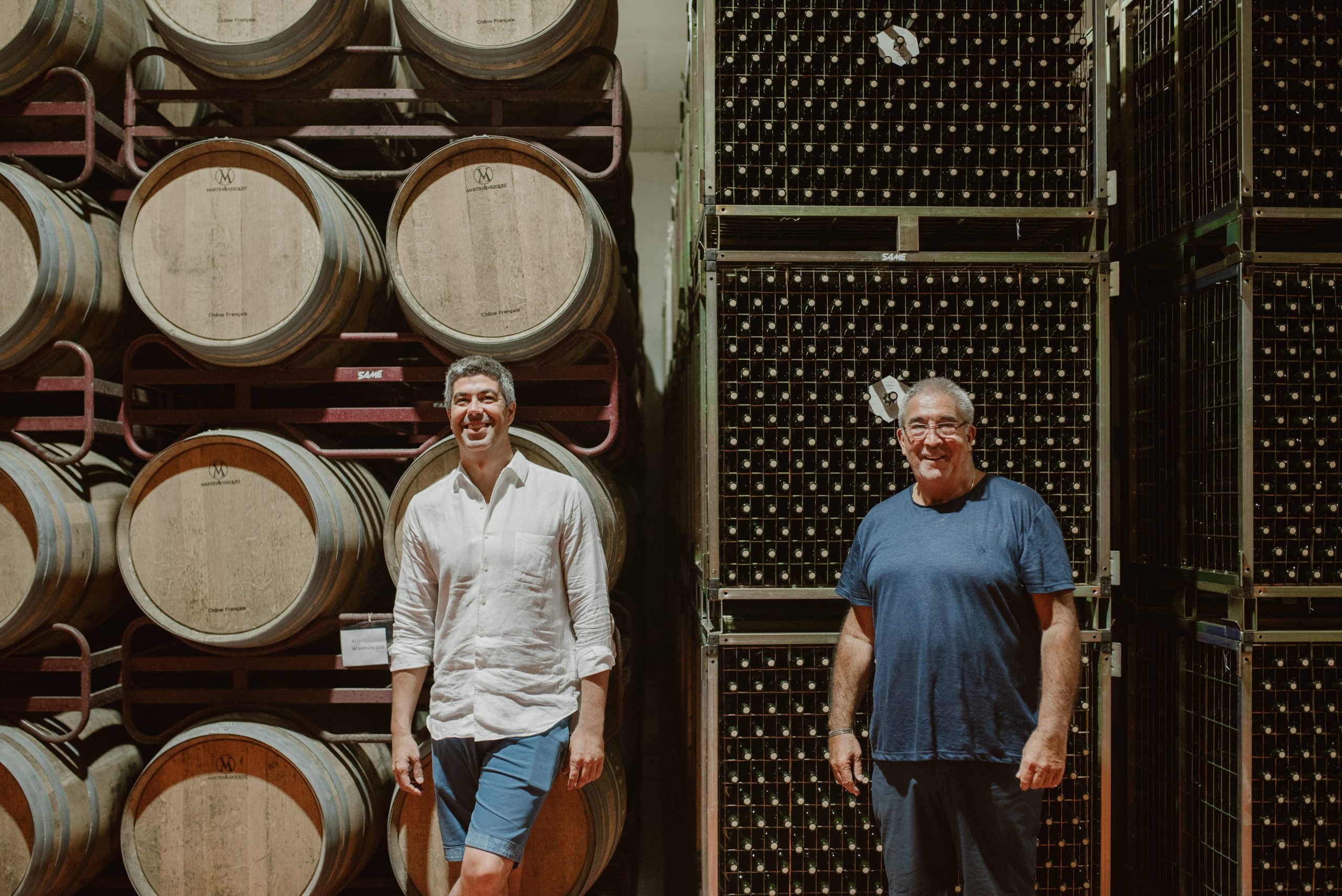Gary Boom: “encouraging” new pockets of wealth coming into fine wine market
Bordeaux Index’s founder and CEO Gary Boom speaks to db’s Patrick Schmitt MW in an exclusive podcast, about the “encouraging sign” of new pockets of wealth coming into wine amid growing interest from younger collectors and investors.

In a wide-ranging podcast with db’s Patrick Schmitt MW, Boom said that Bordeaux Index was seeing a slightly younger dynamic coming through of people, “which is always encouraging” and the average age of its customer was falling slowly.
“Not in leaps and bounds, but more and more people are coming back in and it’s a slightly younger market,” he said.
He attributed this to both the greater spread of information, which made it easier for people to research wines, as well as chateaux getting “on message” and putting more money into marketing and advertising to a younger group.
And with this younger clientele, people were diversifying, Boom added.
For example South Africa, was growing “massively” and Oregon was also seeing growth with its Pinot Noirs, notably as more and more Old World producers invested in it.
“The new areas are attracting the newer generation and in some ways the wines are easier to drink, because of global warming, and a slightly different style,” he pointed out. “I think they’re catering for that slightly; they want to make it so you can pretty much drink it after a year or two.”
“Is this going to challenge Burgundy? No, but if you like Pinot – and it’s a younger kind of Pinot, it’s instantly available. You want to drink it, you want to open the bottle, you don’t want to wait 35 years as they did in the past.”
Emerging markets
In terms of new markets, Boom noted a buzz around South Korea and Thailand, and renewed interest coming from Japan, which had been through “a renaissance” in recent years. However it was Saudi Arabia that could “potentially be the most exciting area on the horizon”, he said, particularly if they open casinos and drop duty on wine.
“There’s talk of Saudi Arabia dropping the duty completely for a while, which could cause a huge renaissance in the whole area,” he said, pointing to the success of Hong Kong stripping away wine taxes and duties in 2007, and subsequently becoming the main wine hub of Asia.
Partner Content
Meanwhile China, which was going through a cyclical crackdown on imports with duties and tariffs, was “too big not to wake up”.
“It would be great if they just did away tariffs, [China] would go absolutely crazy. And that would be a renaissance in the market completely. It would be a game changer,” he said. “They do like trading, so China will come back for sure.”
The “extremely soft” Chinese market had played a part in the downturn of the fine wine market, he said, which had been “pretty soft”, with turnover down for “most people”, led by top end Burgundies, down 25%, and Bordeaux, down between 15-20%, with some well-known names suffering even more.
“The driver of this is the Chinese market, and that has been extremely soft,” he said. “When you find prices dropped, you find demand dropping as well, so you get a kind of double whammy, [which is] typical of the fine wine market.”
‘More like Cartier’
He noted that both the downturn (and subsequent recovery) tends to be exacerbated by the speed and flow of information whereby “you get one or two merchants’ kind of racing to the bottom” in terms of price. However, he argued that the “fine wine market should be a bit like Cartier” and that slashing prices was “not helpful to anyone.”
Continuing, he argued that there should also be “a lot more differentiation in the market” for better, more mature vintages.
“How can it be that that the greatest Petrus made – probably the ‘89 and the ‘98 is exactly the same price as the ‘19? It’s just not real, is it?” he asked, noting that “fundamentally”, en primeur was “massively mispriced every single year”.
However, the Bordeaux en primeurs had been playing a increasingly less important role for Bordeaux Index and he welcomed the “fundamental change” in the system, which had seen estates sitting on more stock and releasing it later the market.
“From our point of view, we’re delighted, because that just means it’s more to trade in the secondary market as opposed to the primary market, and it’s probably the right way to go,” he said. “We’re pleased this is the way forward, but they need to release it at the correct price in the market.”
“The canny guys are going back and buying those really classic vintages which are now mature. And so, I expect to see those outperform.”
Related news
Castel Group leadership coup escalates
For the twelfth day of Christmas...
Zuccardi Valle de Uco: textured, unique and revolutionary wines




